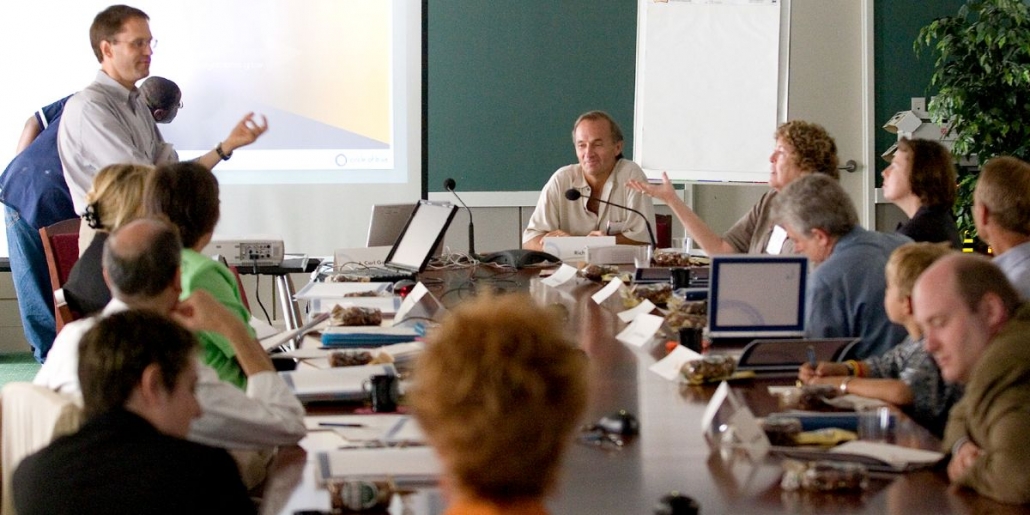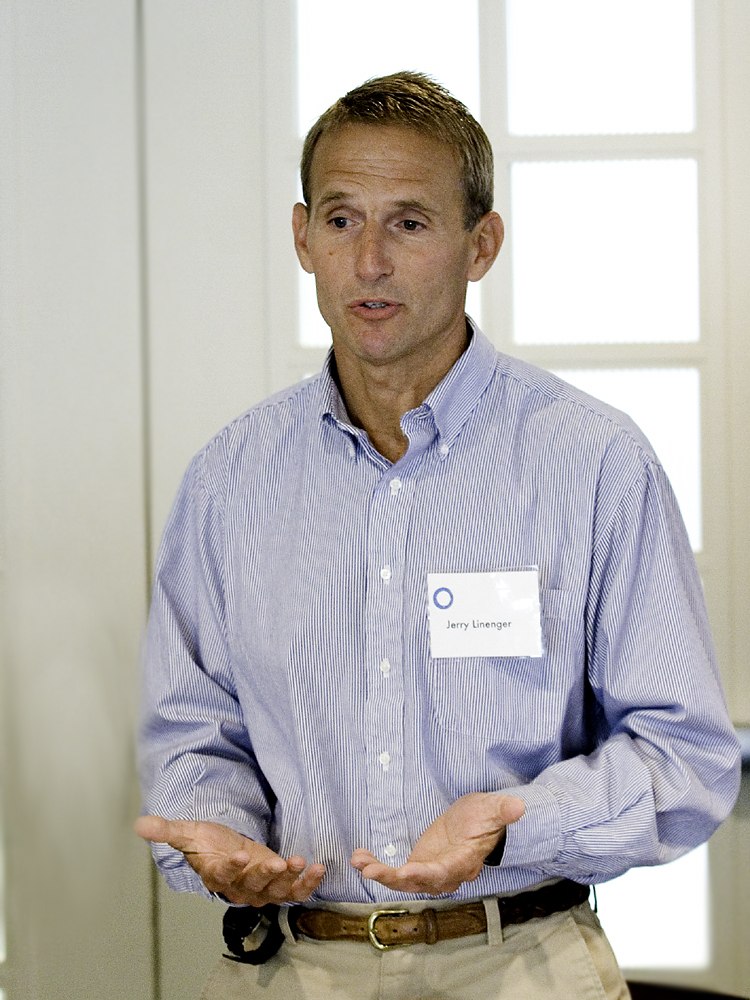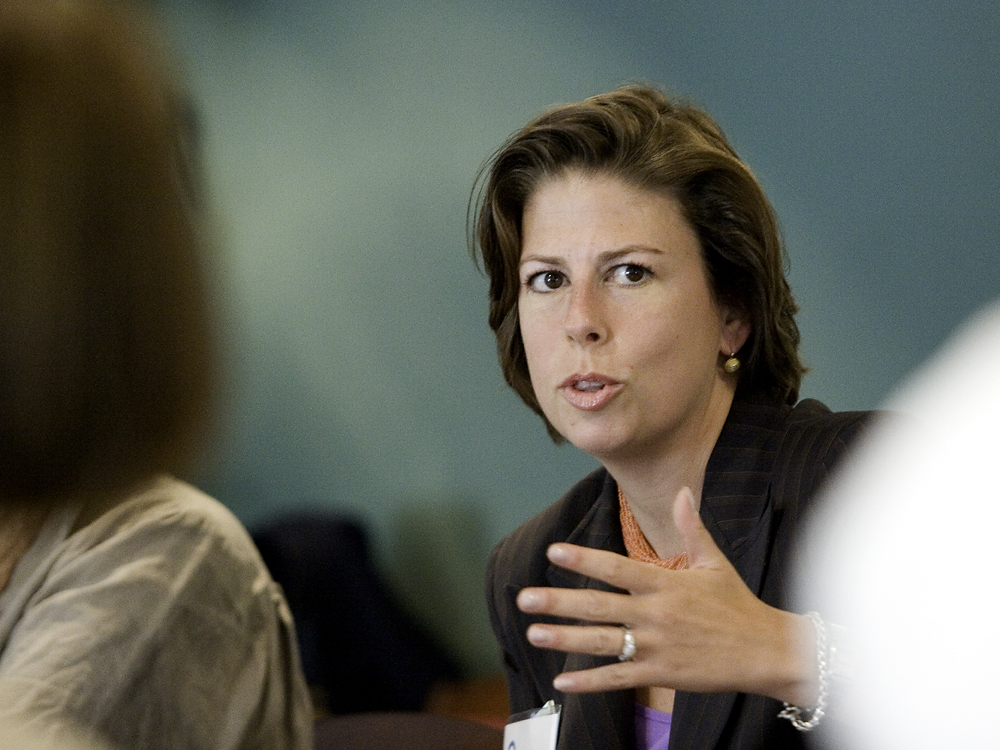
“On space station Mir, we had big-time water crisis problems.” Circle of Blue’s founding meeting.
Assembled at the Wilson Center in Washington on a steamy August morning in 2005, leaders from journalism, science, global strategy, entertainment, and policy gathered to envision a bold idea. How could trusted journalism help inform some of the world’s most important decisions in the decade ahead?
The problem to solve: Water.
“We are facing a stone wall here,” said Gordon Binder, former chief of staff at the EPA. “So unless we get broader awareness across to the public about the importance of this issue we’re not going to accomplish this task.”
“If we don’t do this now, it’s going to get worse. Now is the time. Now is the time to mobilize, across all kinds of political lines and perspectives. If not now, when would it ever be?” said Karen Mullarkey, former director of photography, Newsweek and Rolling Stone.
How could we tell this story — a human story, an environmental story, a global survival story — from the front lines? How could we make the complex understandable, relevant, and personal?
It was Circle of Blue’s formative meeting.
“The secret is that you put the right person with the right situation, they live there, they become part of the story, they see it through the eyes of the people,” Mullarkey said. “And it isn’t always going to be a desperately sad story either, because as there are great solutions to be shown, as well as the problems.”
Trusted story telling would be key to coalescing ideas and direction for such a complex issue as water. Merrill Brown, media innovator who helped launch MSNBC, told the group, “It’s really critical to fill content voids because of what national news organizations no longer choose to do.”
As astronaut Dr. Jerry Linenger noted in closing comments, success requires a big-picture perspective and the same teamwork that united two once-divergent cultures to put astronaut and cosmonaut together in a sustained, precarious micro-environment circling the blue spaceship Earth.
“On space station Mir, we had big-time water crisis problems, and I was reduced to taking a little towelette… and squeezed about two drops of water on it. That was my shower. We realized water is a critical…just a humanizing thing. We were reduced to consumption, and we can’t waste water on anything else,” Linenger said.
It’s a peek behind the scenes — where we started and how we do what we do. We’ll be sharing more stories from the front lines, from far western China to the Middle East and the Great Lakes, and how we bring you critical news to inform our water world.

“We all have our focus. When you get out in space, you keep going back and back and back — the critical component-perspective. Let’s look at the bigger picture, and let’s get this whole groundswell going.”
— Dr. Jerry Linenger, MD Astronaut, Cosmonaut
“I think it’s awareness that leads to action. If people aren’t aware of the problem, and the scope of it, particularly as it exists in their own back yard, then they won’t take action.
— Amy Weiss, former VP Communications United Nations Foundation


“If we don’t do this now, it’s going to get worse. Now is the time. Now is the time to mobilize, across all kinds of political lines, and perspectives. If not now, when would it ever be? If you don’t start now, you’ll never do it. I think you have to move forward.”
— Karen Mullarkey, former director of photography Newsweek and Rolling Stone
Photos: David Owen Hawxhurst/Wilson Center
Jane is a Communications Associate for Circle of Blue. She writes The Stream and has covered domestic and international water issues for Circle of Blue. She is a recent graduate of Grand Valley State University, where she studied Multimedia Journalism and Women, Gender and Sexuality Studies. During her time at Grand Valley, she was the host of the Community Service Learning Center podcast Be the Change. Currently based in Grand Rapids, Michigan, Jane enjoys listening to music, reading and spending time outdoors.




